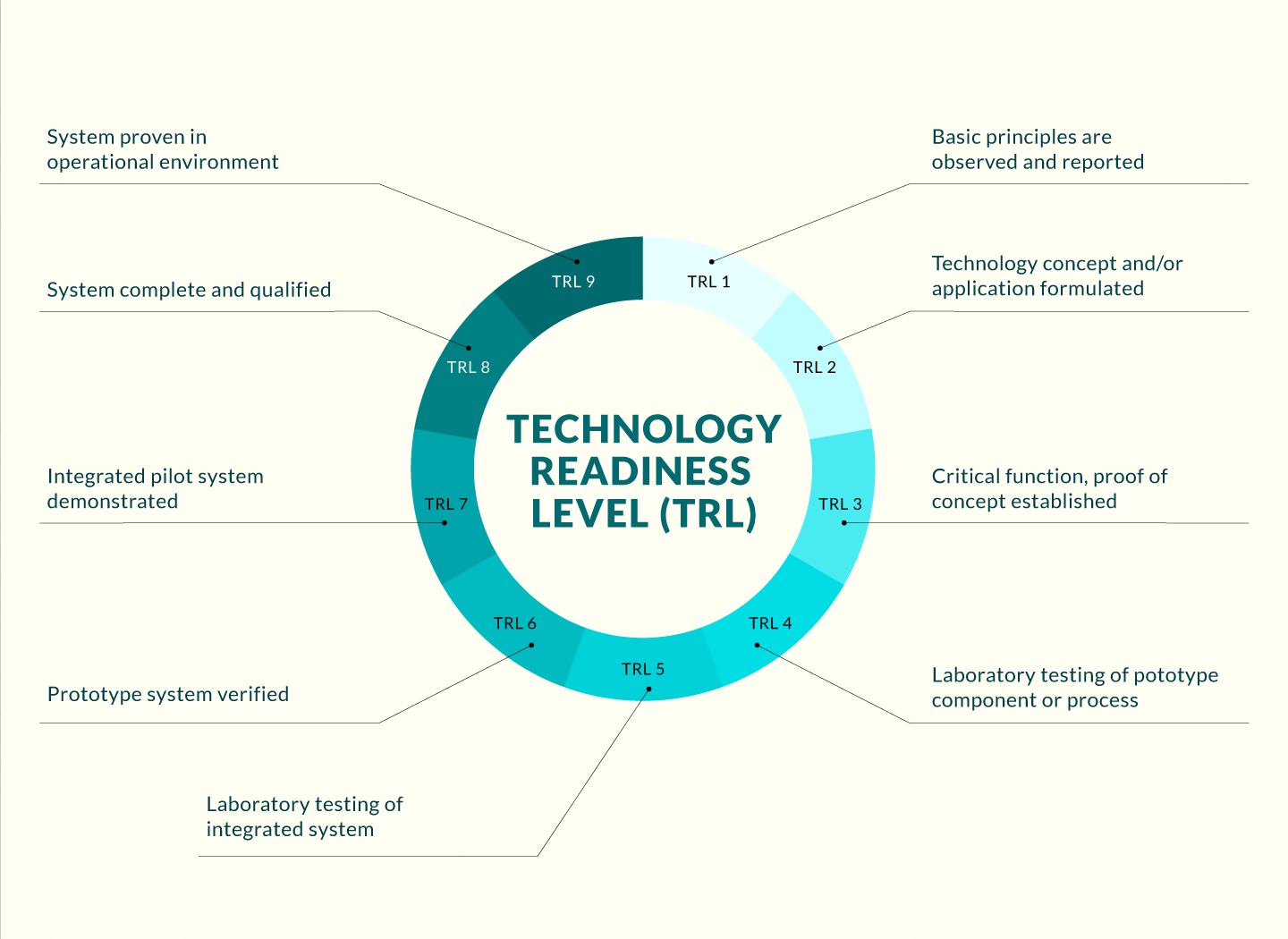


Opportunity
Hydrogels are gelatinous materials that can hold large amounts of liquid while maintaining their 3D structure, giving them diverse industrial and biomedical applications. To overcome the limitations of conventional organic hydrogels, such as poor conductivity and vulnerability to swelling and thermal degradation, researchers are paying increasing attention to inorganic (mineral) hydrogels. However, few mineral hydrogels are entirely inorganic, because inorganic structures are usually too rigid to provide adequate porosity and flexibility. This invention offers a pioneering yet simple method of producing purely inorganic mineral hydrogels with high moldability and excellent charge storage capability. This approach could help to solve the problem of poor energy density associated with traditional supercapacitors.
Technology
Efficient, low-cost method of synthesizing self-healing mineral hydrogels from biocompatible components under mild conditions. Fabrication involves two main steps: mixing two aqueous solutions containing common metal salts and stirring to form a hydrogel that traps a large amount of water. Sandwiching the gel between two current collectors creates a novel type of all-in-one charge storage device, with the gel serving as the electroactive material, electrolyte, and membrane separator.
Advantages
- Efficient, environmentally friendly, low-cost fabrication from common and highly biocompatible raw materials, compatible with cheap battery manufacturing on an industrial scale.
- The hydrogel’s purely inorganic, water-based fabrication, low cytotoxicity, and cleavable, anti-flammable, and self-healing features make it a uniquely safe and durable material for charge storage.
- Excellent energy storage capability and electrochemical performance. The hydrogel provides both Faradaic capacitance and ionic conductivity, eliminating the separator between positive and negative electrodes to form a truly all-in-one supercapacitor.
- Versatile tuning of ceramic electronic, optical, catalytic, thermal, and mechanical properties.
Applications
- The novel method could be immediately applied to fabricate safe, all-in-one energy storage devices on an industrial scale, dramatically lowering the cost and increasing the efficiency of battery manufacturing.
- Efficient molding and casting approach for use in precision ceramic manufacturing.
- Safe biomedical applications such as tissue engineering and drug delivery.
- Numerous further commercial applications, from 3D ceramic printing to anti-swelling ceramic gels and adhesive battery patches.



